Here is an article I wrote for a presentation at a Rare Fruit Council meeting. It is a summary based on experiences of members as well as myself...I hope it helps (though a bit late!)
Cold protection of tropical fruit trees in the Florida landscape for homeowners
Scott Walker
Introduction
Hurricanes, droughts and pests are among the biggest problems affecting tropical fruit growers in Florida, but one of the most problematic factors in Florida is a freeze.
Since the turn of the century, citrus growers have used various methods to protect crops from impending freezes including the use of smudge pots, tenting and flooding. The original Temple orange tree was saved from a destructive freeze in 1917 when its owner, Louis Hakes, stayed up all night "babysitting" the treasured tree. He used a kerosene heater and a large tent over the tree, in which he camped out on a cot through the night. Talk about dedication.
In 1989 Florida suffered a major freeze when temperatures fell into the teens in Central Florida and lower 30s in even the southernmost areas of the state. This event destroyed many citrus groves as well as tropical fruit trees - both commercial and residential. Even over the past few years there have been drops in temperature during the winter months which prompted many to take protective measures to preserve their crops and trees.
Types of freezes
Freezes can be classified as either radiational or advective. A radiational freeze occurs when a cold air mass settles into an area. During this type of freeze, there is little to no wind and cloud cover is absent. However when cloud cover is present, it acts as a greenhouse effect, trapping in ground heat as it is released throughout the night. Some wind can also be beneficial, as it does not allow cold air to settle in any one area.
Advective freezes are characterized by windy conditions accompanied by a large dry air mass rapidly moving into an area. This creates a sudden and rapid drop in temperature and makes it difficult to protect sensitive plants. Wind breaks may help in this situation, but saving the trunk and graft union may be the best focus of attention.
The Basics of cold protection
One of the primary methods of protecting fruit trees from cold weather is location of planting. The south and southeast sides of a home are typically the most warm, absorbing heat from the sun throughout the day and releasing some of that heat during the night. Many growers water the ground copiously the day prior to a freeze as the wet ground absorbs more heat from the sun and slowly releases it throughout the night. This in combination with covering a small tree can be enough to prevent damage to a tree that would otherwise suffer. Another method is covering small trees to prevent heat loss and frost. Some of the materials used for covering are burlap, sheets, frostcloth or blankets. Plastic is not recommended unless a frame is built around the tree so the plastic is not touching the plant, as this can lead to foliar damage.
An additional factor in determining survival in trees is the health of the tree itself. A well nourished tree will cope with stress and cold far better than an unhealthy tree. A regular nutrition program consisting of either organic or chemical fertilizer will bring the tree into the winter months with an advantage. It is important however to end feeding by October to prevent growth flushes which would be susceptible to cold weather.
Even colder
For more severe freezes a combination of covering and lights can be used. The standard C-7 or C-9 Christmas lights offer a great source of heat that does not harm the plants or create a fire hazard when used according to label instructions. Others methods of heat are standard light bulbs and portable flood lights. It is important when using a high wattage electrical heat source, such as a flood lamp, that all precautions are used according to labels and directions so as not to cause a fire.
When trees become so large that covering is no longer practical, lights may be used in combination with wrapping the trunk and major structural branches with blankets or cardboard. Using this method, even if foliage or small limbs are damaged, the tree itself should recover.
After the Freeze
The morning after a freeze, when the temperature rises above 32 degrees, plants should be uncovered. Initial damage may not be visible and may not show for a few weeks. One reason to refrain from pruning is that some branches may look damaged but will actually recover. In addition, pruning may initiate a premature growth flush that could be damaged by another cold event. Transpiration (water loss through the leaves) is a problem that can occur on a sunny day after a freeze. Plants should be monitored for water needs and water may be applied to both thaw the soil and provide moisture.
Other options
If the threat of cold is a factor due to location (i.e., living in a cold pocket or in the northernmost parts of the state), subtropical fruits are good alternate choices. Fruits such as blueberries, jujubes, pomegranates, Oriental persimmons and white sapote are excellent hardy additions to a landscape. There are also cultivars of avocado such as Brogdon, Lula, Gainesville, Winter Mexican and Choquette that will survive temperatures from the low to mid 20Âs.
Summary
· Two types of freezes - Advective and Radiational
· Planting location  South side of house is best
· Nourish trees in early Fall
· Soak the ground (under the trees) with water the day prior to a predicted freeze
· Cover plants /trees with  frostcloth, burlap, sheets or blankets. Large cardboard boxes (refrigerator) can also be used for smaller trees
· Wrap trunk (from branching to ground level) with blankets or other material for extra protection
· On coldest nights Christmas lights (C-9 or C-7) add heat
· After freeze - Remove covers, watch for desiccation and hold off on pruning
· In a consistently cold area consider subtropical fruit trees
Cold Sensitivity of Tropical and Sub Tropical fruits in Florida
Fruit Scientific name *Average cold tolerance of adult trees (in Fahrenheit)
Avocado Persea Americana 25-30
Ambarella (Dwarf) Spondias dulcis 28
Atemoya Annona cherimola x squamosa 28
Banana Musa spp. 29
Barbados cherry Malpighia punicifolia 29
Black Sapote Diospyros digyna 29
Blackberry Robus argatus 20
Blackberry jam fruit Randia formosa 29
Blueberry** Vaccinium corymbosum (blossom) 28
Canistel Pouteria campechiana 28
Carambola Averrhoa carambola 28
Ceriman Monstera deliciosa 31
Cherry of the Rio Grande Eugenia aggregata 25
Fig** Ficus carica 15
Green Sapote Pouteria viridis 27
Grumichama Eugenia braziliensis 28
Guava Psidium guajava 27
Jaboticaba Myrciaria cauliflora 26
Jackfruit Artocarpus heterophyllus 29
Jujube** Ziziphus jujuba 26
Longan Nephelium longana 26
Loquat** Eriobotrya japonica 22
Lychee Litchi chinensis 28
Mamey Sapote Poiteria sapota 29
Mango Mangifera indica 28
Miracle fruit Synsepalum dulcificum 29
Mombin Spondias purpurea 28
Papaya Carica papaya 30
Passion fruit Passiflora edulis 30
Peanut butter fruit Bunchosia argenta 30
Persimmon (Oriental)** Diospyros kaki L. 15
Pineapple Ananas comosus 29
Pitaya Hylocereus sp. 28
Pitomba Eugenia luschnathiana 28
Pomegranate** Punica granatum 24
Rollinia Rollinia deliciosa 29
Rose apple Syzygium jambos 27
Sapodilla Manilkara zapota 28
Strawberry tree Muntingia calabura 28
Sugar apple Annona squamosa 28
Tamarind Tamarindus indica 28
White sapote** Casimiroa edulis 25
** Subtropical or Temperate

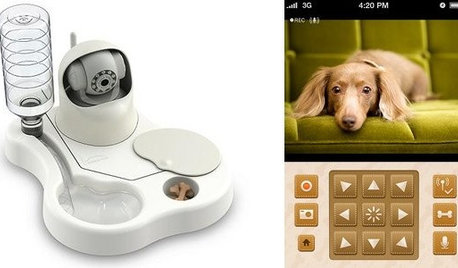

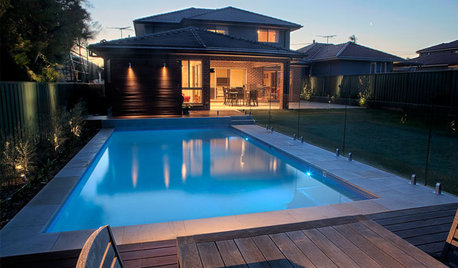
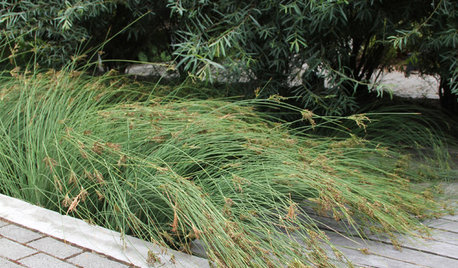

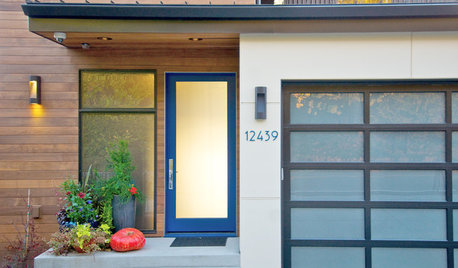

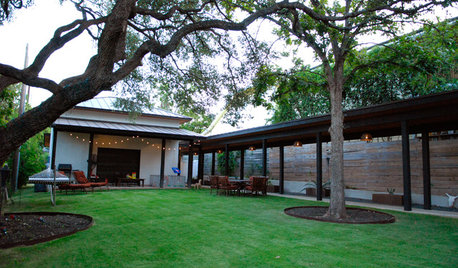








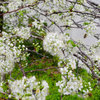
puglvr1
sunnystate25
Related Professionals
West Chester Landscape Architects & Landscape Designers · Wixom Landscape Architects & Landscape Designers · Brooklyn Center Landscape Architects & Landscape Designers · Amesbury Landscape Contractors · Duarte Landscape Contractors · Lake Worth Landscape Contractors · Longview Landscape Contractors · New Baltimore Landscape Contractors · Pompano Beach Landscape Contractors · Smyrna Landscape Contractors · Southbury Landscape Contractors · Benton Decks, Patios & Outdoor Enclosures · Green Bay Decks, Patios & Outdoor Enclosures · Miami Decks, Patios & Outdoor Enclosures · Zion Siding & Exteriorsbluepalm
floridaysOriginal Author
wilmington_islander
gatormomx2
floridaysOriginal Author
bluepalm
whgille
happy_fl_gardener; 9a, near DeLand
solstice98
floridaysOriginal Author
Carol love_the_yard (Zone 9A Jacksonville, FL)
bluepalm
floridaysOriginal Author
wilmington_islander
puglvr1
floridaysOriginal Author
floridaysOriginal Author
Carol love_the_yard (Zone 9A Jacksonville, FL)
greenhouser2
floridaysOriginal Author
greenhouser2
puglvr1
gatormomx2
happy_fl_gardener; 9a, near DeLand
sharbear50
happy_fl_gardener; 9a, near DeLand
puglvr1
love_savannah
floridaysOriginal Author
jaxtropix
love_savannah
gfc56